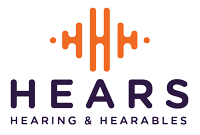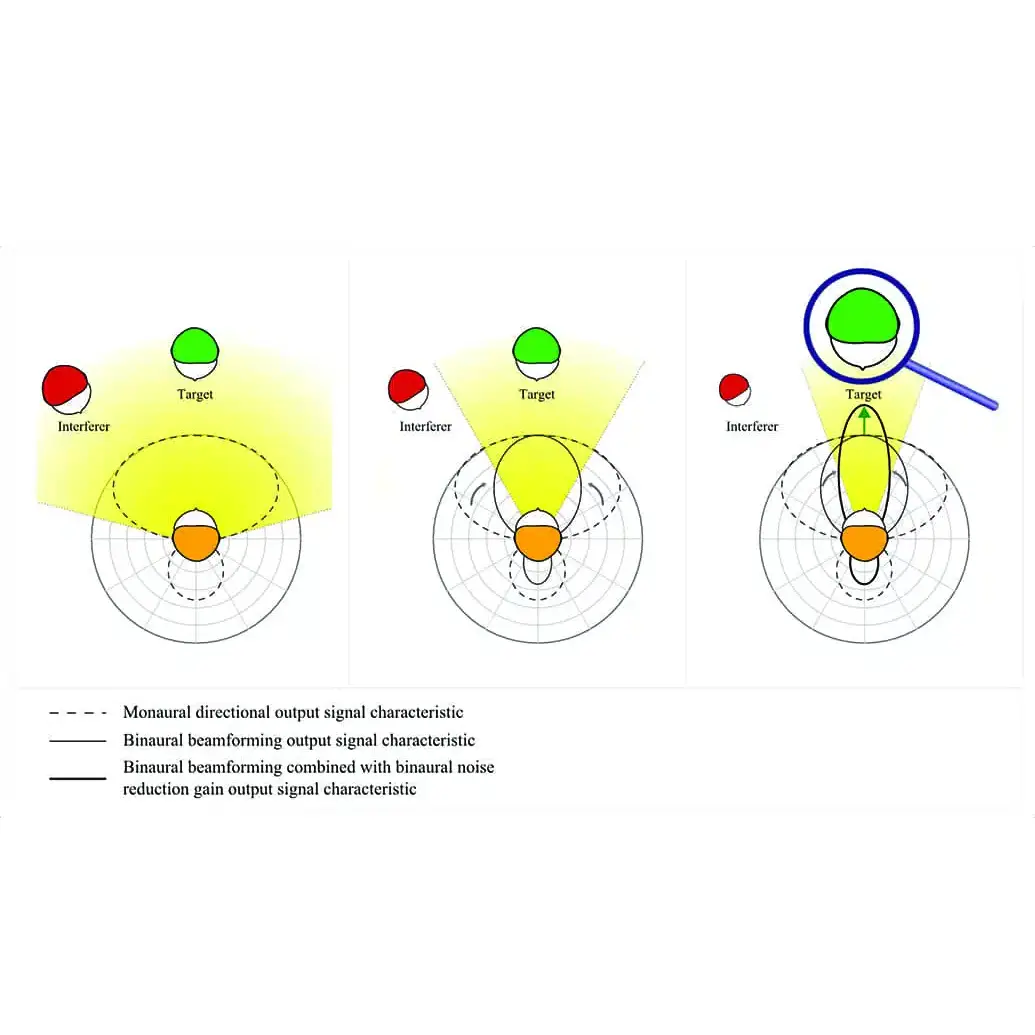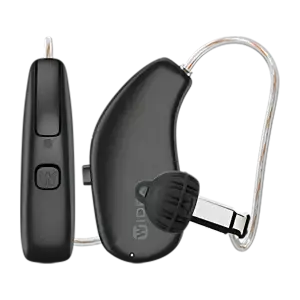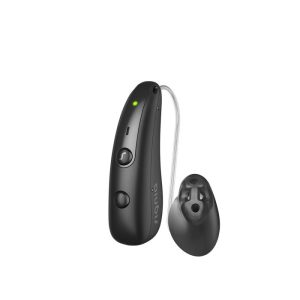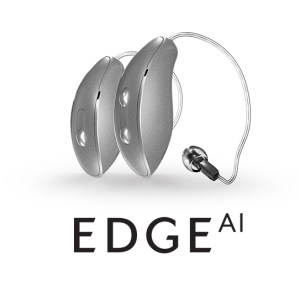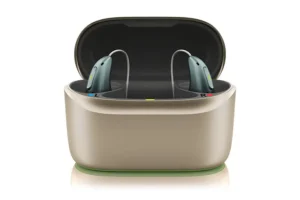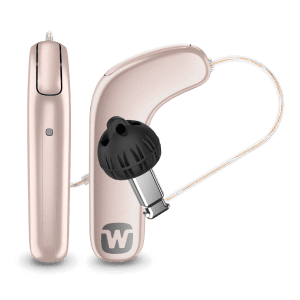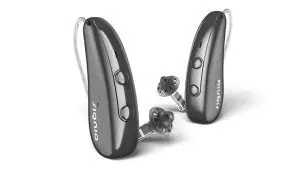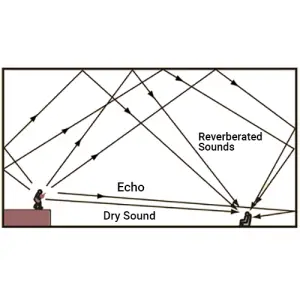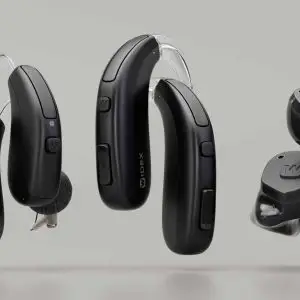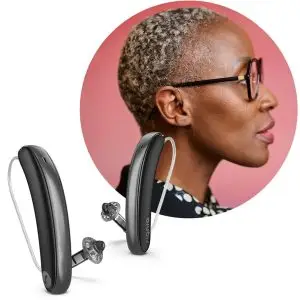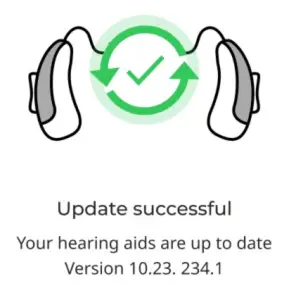When you’re in a noisy restaurant or trying to catch every word in a meeting, hearing aids with directional microphones can make a world of difference. But what exactly are directional microphones, and why are they considered one of the most valuable technologies in modern hearing aids?
What Are Directional Microphones?
Directional microphones are designed to pick up sounds from a specific direction while reducing background noise coming from other directions. This helps wearers better focus on conversations and speech. Especially in noisy environments.
Compared to omnidirectional microphones, which pick up sound from all directions equally, directional microphones work like a spotlight for sound, highlighting speech and dimming the rest.
The Benefits: Listening with Focus
- Improved speech understanding in noise
- Directional microphones enhance the signal-to-noise ratio, which means speech becomes clearer while background noise is reduced.
- Reduced listening effort
- By helping your brain focus on the important sounds, these microphones lower the cognitive load of trying to understand speech in complex environments.
- More natural conversations
- With less interference, you can engage more easily in conversations without constantly straining or asking for repetition.
A Quick History of Directional Microphones in Hearing Aids
The journey of directional microphones in hearing aids began in the 1970s. This was a significant advancement from the earlier analog devices that lacked such capabilities. These initial directional microphones were fixed, meaning they had a static focus and could not adjust to changing environments. While they offered some improvement in understanding speech amidst noise, their effectiveness was limited due to their inability to adapt to dynamic listening situations.
The real transformation occurred with the advent of digital hearing aids in the early 2000s. These devices introduced adaptive directional microphones. These adaptive microphones could automatically adjust their focus based on the surrounding sound environment. This adaptability significantly enhanced the signal-to-noise ratio (SNR). Therefore making it easier for users to comprehend speech in noisy settings. These advancements led to greater overall end-user benefits and solidified directionality as a crucial feature in hearing aids.
Further developments introduced features like steering of directional patterns and asymmetric directionality. Allowing for even more precise sound targeting and improved user experience. These innovations have paved the way for modern hearing aids to provide a more natural and effective listening experience. Especially in challenging auditory environments.
Two Main Types of Directionality
- Adaptive Directional Microphones
- These use advanced algorithms to track speech and adjust microphone focus in real-time.
- Found in top-tier models like the Signia 7IX and Widex Allure 440, these systems are designed to improve the signal-to-noise ratio automatically without user intervention.
- They don’t just suppress noise, they enhance speech dynamically, offering a more intelligent approach to hearing in complex environments.
- Manual Directional Microphones
- These allow users to control focus manually through their app or hearing aid settings.
- While this may seem empowering, manually locking the hearing aid into a directional mode can limit the full potential of the device’s adaptive features.
- This approach can be helpful in very specific situations but may work against the smart features in modern hearing aids.
Let the Hearing Aids Do Their Thing?
That’s often the best advice! Most premium hearing aids are engineered to intelligently follow speech, adjusting directionality and gain in real time based on your environment.
Unlike some brands that use Deep Neural Network technology that mainly suppress background noise, some newer models aim to elevate the speaker’s voice, which can make a more noticeable difference for the listener.
Locking the hearing aid into a fixed directional mode might seem like a good idea, but it can actually disable the smart tracking and adaptive benefits that premium devices offer. While it’s not wrong to use manual control in specific cases, it’s important to understand when and why it might be better to trust the technology.
Final Thoughts: Smarter Listening for Better Hearing
Directional microphones are one of the most powerful tools in modern hearing aids, and the technology is only getting smarter. Whether you’re letting your device adapt automatically or using manual control, understanding how directionality works can help you make the most of your hearing aid experience.
As hearing technology advances, it’s becoming more and more beneficial to let these devices do what they do best.
